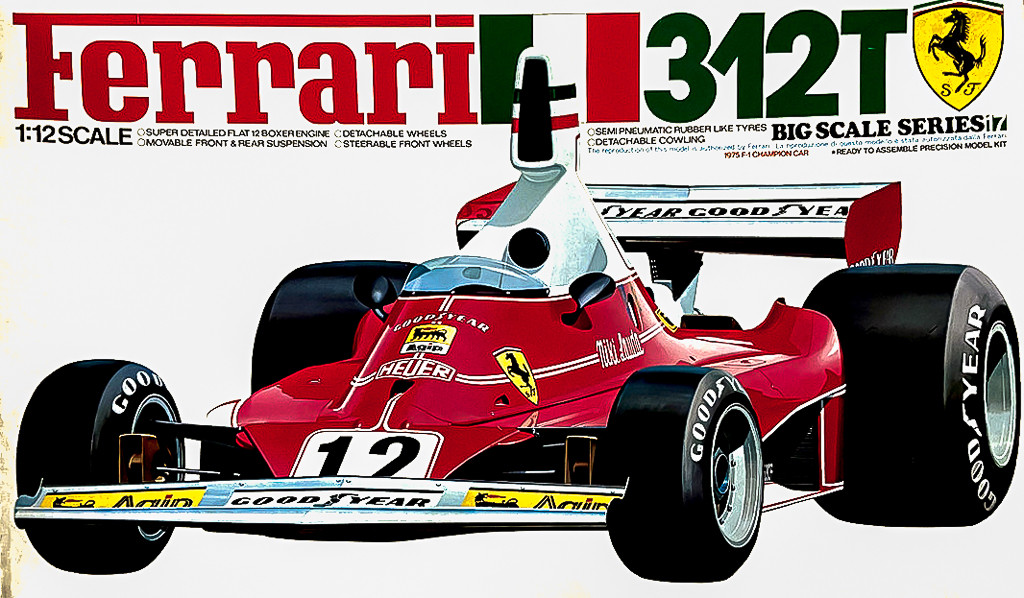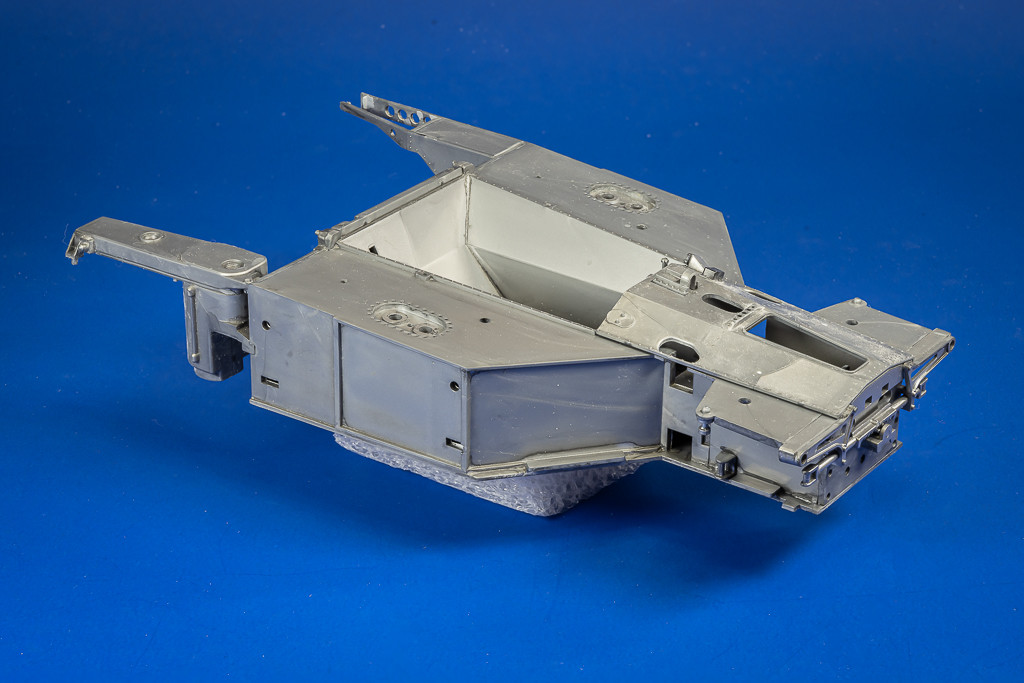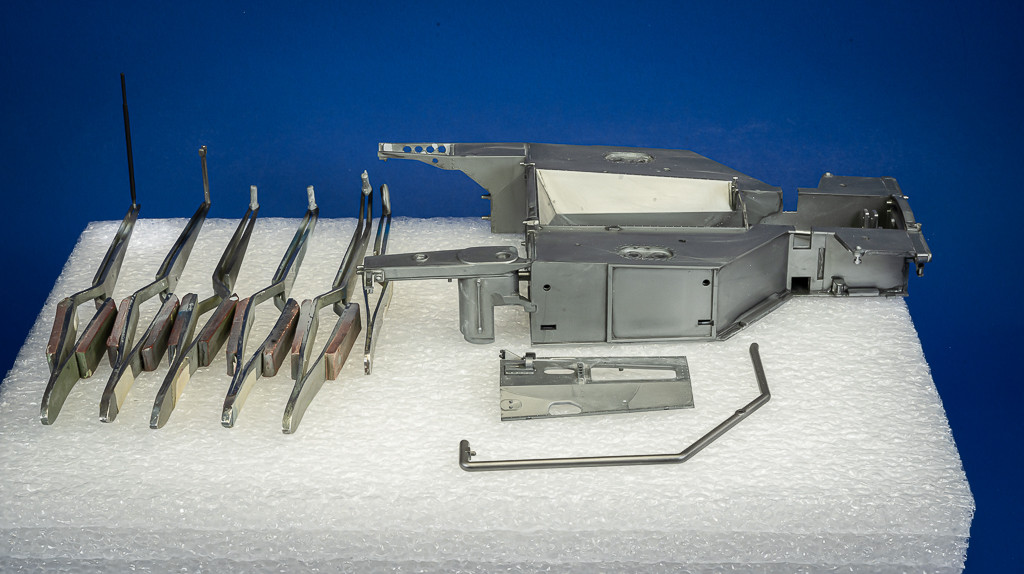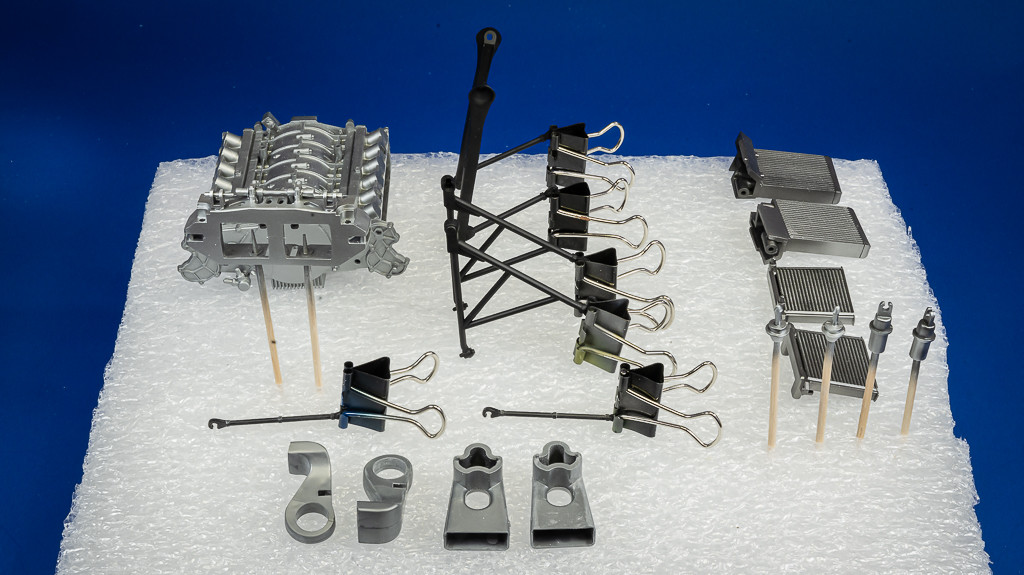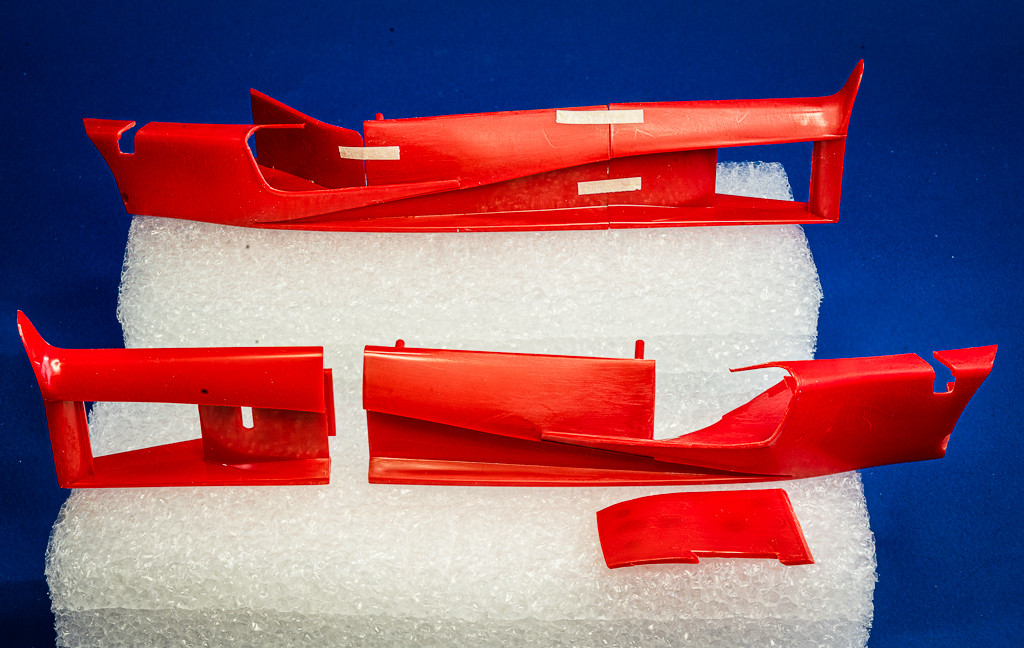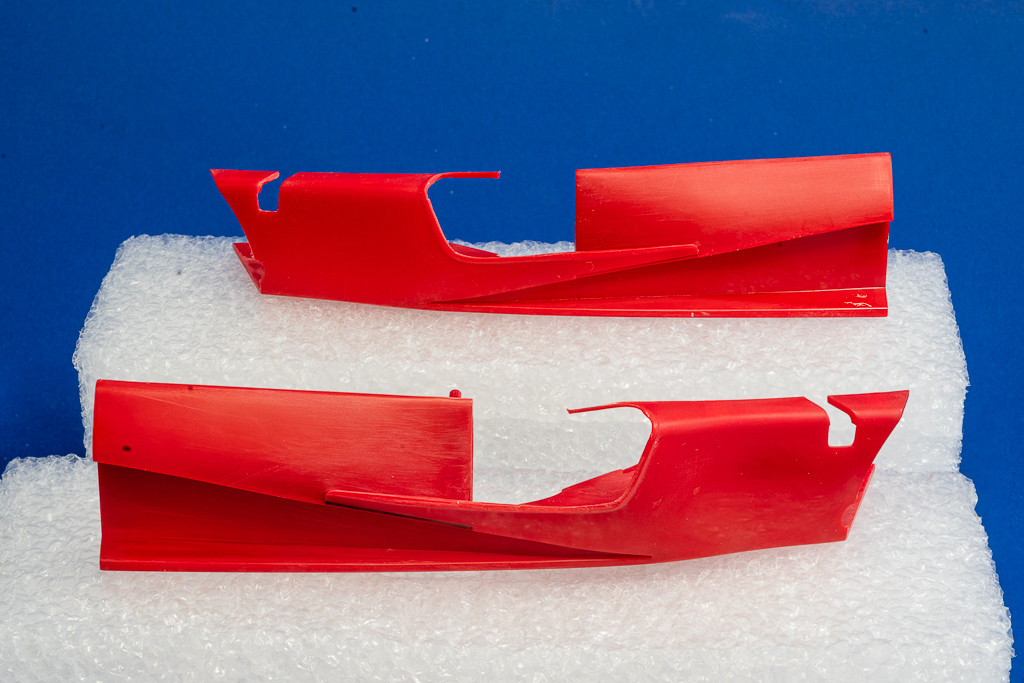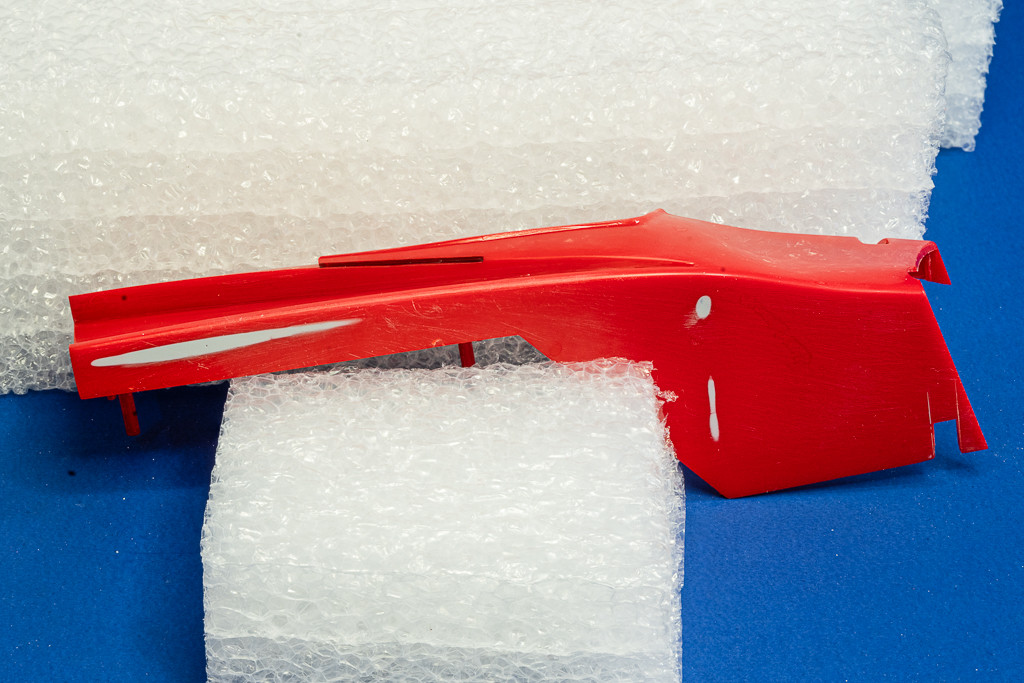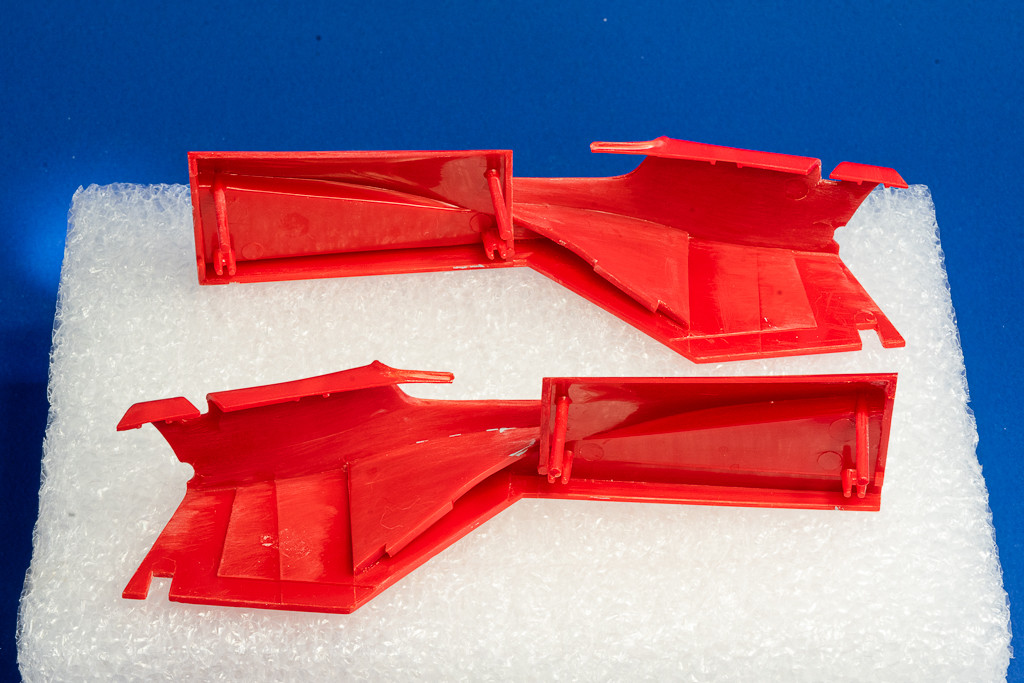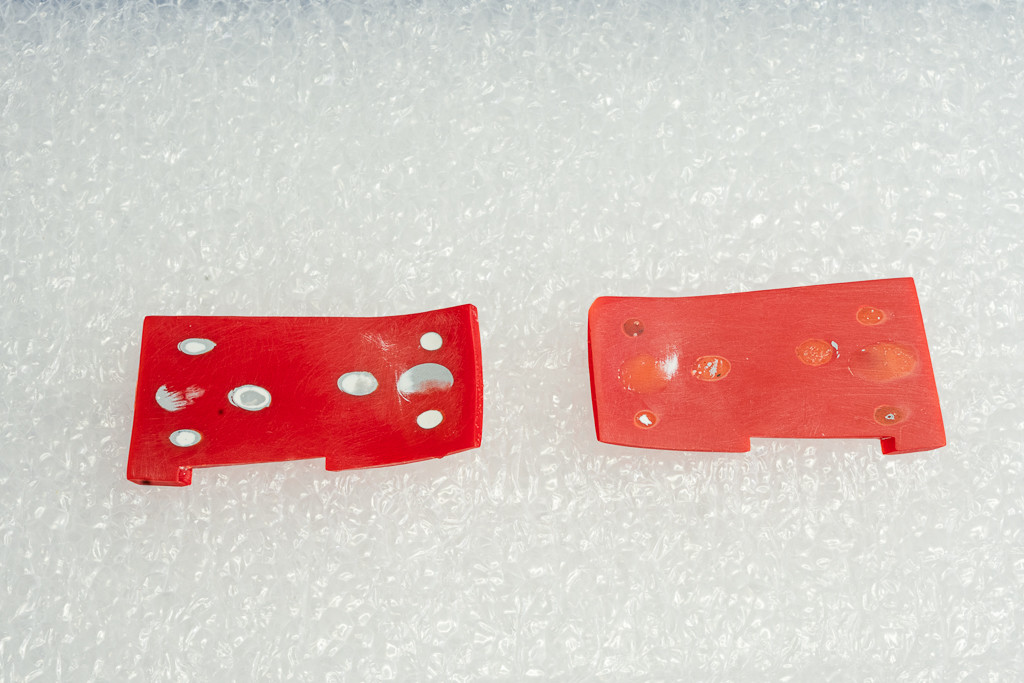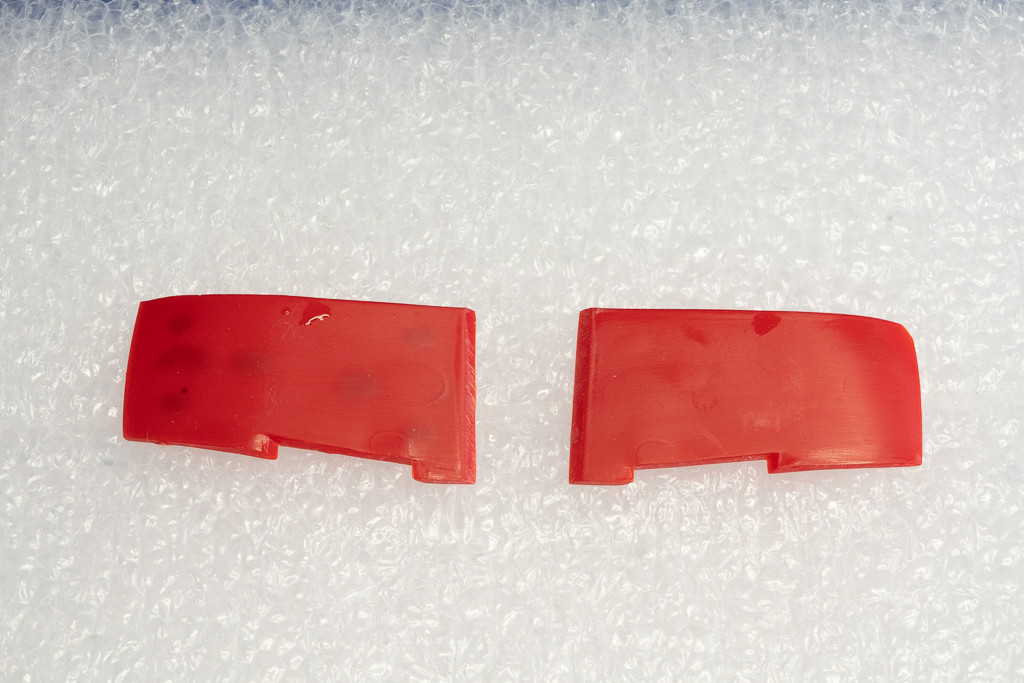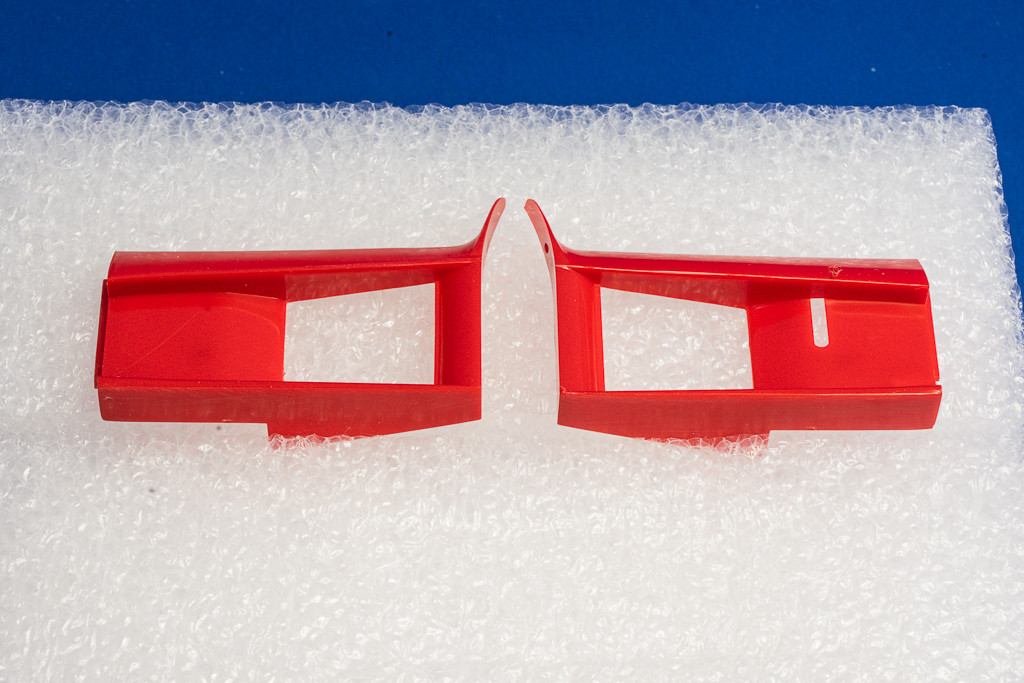TAMIYA 1/12 FERRARI 312T
1975 NIKKI LAUDA
World Champion and Construction Champion
KIT MOLDED IN 1976
(BACK TO THE PRESENT)
Our contractors have resumed work and that means any chance of painting my GT40 body with a gloss finish is on hold until the renovation is completed – way too much dust from cutting wood, painting and construction. I’m guessing but it easily looks as if three weeks mores or maybe four will be needed before they are finished and I can resume work on the GT40. In the meantime, I thought I would get a jump start on my next build project: Tamiya 1/12 F1 312T Ferrari.
I purchased an original production kit from 1976, now a good 46 years old on ebay and I was hooked. The kit was the state of the art back in 1976 and if memory serves me correctly, light years ahead of most model companies. The kit with shipping was costly and no PE or resin at all. There are a number of incredible AM upgrade sets still available but the cost for all, would bring the total close to a MFH kit! Tamiya has been upgrading and releasing it’s 1/12th scale F1 kits but when I purchased my Ferrari, I didn’t realize the 312T was available as part of the upgrade series of kits. I have since purchase the 1/12 Brabham BT44B, which comes with PE and Cartograf decals and I do have my eye on a few more the upgrade kits.
The way I see it, there are a few ways I can go about building the kit:
-
Go all out, buy the AM detail sets …not a chance.
-
Build it OOB and see what I can do
-
Purchase a new set of decals from Indycals.
I’m going down the path of number 2 and 3 as my favorite part of any build being painting and decaling. So that’s the plan, an OOB build with the best presentation as my goal. Since I’m still a newbie to automotive modeling, I’ll be following Tamiya’s instructions closely and seeing how I do.
Where else would Tamiya start: the main body tub and front office. Molding is crisp, nearly 100% flash free, most parts have faint molding lines that need to be removed and there are a number of injector pin marks that need to be dealt with. Part fit is good, not perfect and a few parts even have their alignment pins keyed; Tamiya was on the right path. While the instructions are thorough and well laid out, nowhere as comprehensive as we have today and to my eye a bit confusing, especially for a newbie struggling a bit to understand the orientation of some of the components.
I made a note to go easy on following the color callouts as Alclad, Gravity Paints (Spain), Tamiya Lacquers and Model Air didn’t exist in 1976, as it was the world of enamel paints. Geez, there wasn’t even Extra Thin, just good old tube glue and liquid cement. Sanding sticks and sponges – not a chance.
Since I’m restricted on what I can and cannot paint during this period of our home renovation, I’m hoping I can still prime and maybe attempt a NMF on the chassis and if not, then just keep going forward, completing sub-assemblies.
OFF TO THE RACES
Starting with the aluminum interior chassis, all the parts had the mold lines carefully removed, concentrating on part fit and squareness. The firewall had six large injector pin marks that needed to be filled in with CCA and removed. The rear fuel tank and oil cooler thanks assemblies had seams that needed to be dealt with that’s about all the issues encountered at this stage. At the front bulkhead, the rack and pinion steering was a bit fussy, since this is a working assembly and ultra-care needs to be taken on part orientation and what is glued and what isn’t. Once I figured out how the parts should fit, all went well. The two oil coolers and two radiators were tackled next, no issues at all and I got carried away with myself and as they were primed black, base coated and finished with Alclad Dark Aluminum. Pin washes and some detail painting is still needed to bring out the details. If I would have purchased some of the optional PE detail sets, the radiator screens would have been replaced, but that’s not the plan.
Right at the start, the builder should decide how the Ferrari will be displayed as it effects how the numerous exterior body panels will be utilized with the following three options:
-
Is the Ferrari going to be finished leaving all the body panels off the chassis and displayed next to the finished model?
-
Are all or a portion of the exterior body panels going to be glued in place, helping to insure the best possible fit?
-
Will the body panels be removable, offering unlimited display options?
My choice is to build the Ferrari with the body panels off and displayed next to the model in the display case. Fit is good but dealing with 46 year old plastic, I worry about the plastic cracking with all the handling and being snapped into place each time a panel is added or removed.
I’ve reached step 8 in the instructions and the interior body, front suspension and cockpit are now ready for priming.
Thanks for checking in
